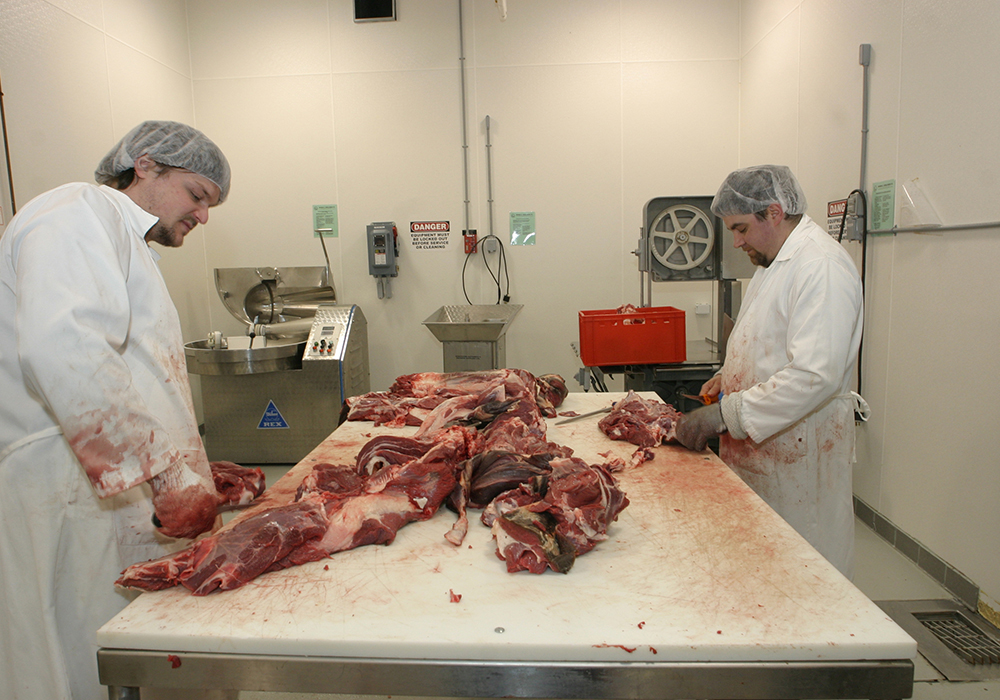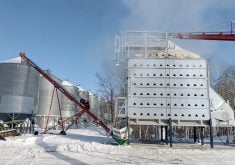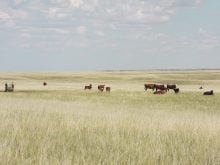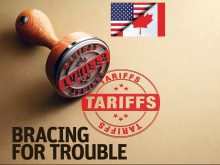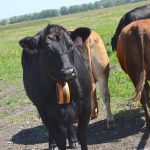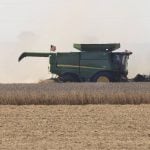Saskatchewan Stock Growers Association members say the provincial government should offer incentives to increase processing capacity in the province.
A resolution passed at the organization’s recent annual meeting notes the government’s goal is to double livestock processing by 2030.
The province has been without a federally inspected plant since the one in Moose Jaw closed in 2010. There are a dozen plants that fall under the province’s domestic inspection program and numerous others that are health-inspected.
All of them have been busy through the COVID-19 pandemic as supply chains were disrupted and many customers looked for direct-to-consumer beef.
Read Also
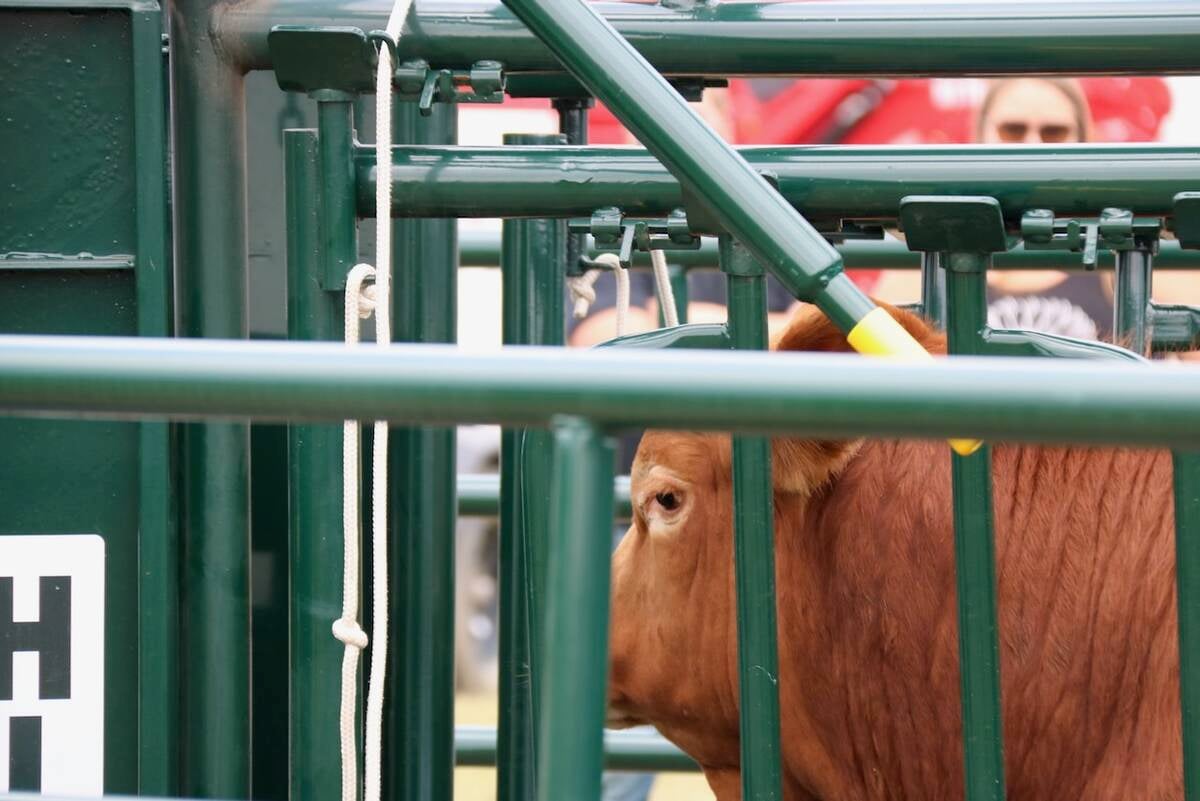
Good handling equipment a must on cattle operations
It’s important for the safety of producers and everyone else dealing with their stock that handling equipment is functional and safe.
The meeting heard there are no specific government programs for livestock value-added, and that the Saskatchewan Agri-Value Initiative, available through the Canadian Agricultural Partnership, requires a $10 million investment to receive a 15 percent tax rebate.
The resolution instructs the SSGA to lobby the government for incentives, including tax rebates and discounts on utilities and water, for both new builds and expansions.
“I think we need to get the incentives for new businesses to get a foothold,” said Aaron Huber of Lipton.
“There just isn’t the capacity in this province. For some strange reason nobody wants to build. I’m not going to say plants as big as Cargill or Brooks, but we need something in this province.”
Rockglen producer Calvin Knoss argued that livestock processing by the smaller companies is a well-established business. He said people put their time and money into those commitments to the industry.
“I feel this type of involvement would be direct competition and unfair to the people that are in the industry right now,” he said.
“I think it’s the type of industry that has to evolve on its own with equal funding or rules for all participants.”
The SSGA also noted that increasing livestock cash receipts and value-added revenue, another provincial growth plan goal, can be done if the intensive livestock operation permit process is more predictable. Members agreed to work with the province on improvements.
They also passed 16 other resolutions during the meeting, including asking Agriculture Canada to pick up the increased costs for moving manifests under the new humane transport regulations, asking both levels of government for tax incentives for new term conservation easements, and asking Ottawa to change the Committee on the Status of Endangered Wildlife in Canada assessment process away from political boundaries. They noted that the health of a species population isn’t accurately reflected by political geography and that the overall status should be considered.
A full list of the resolutions can be found at www.skstockgrowers.com.


